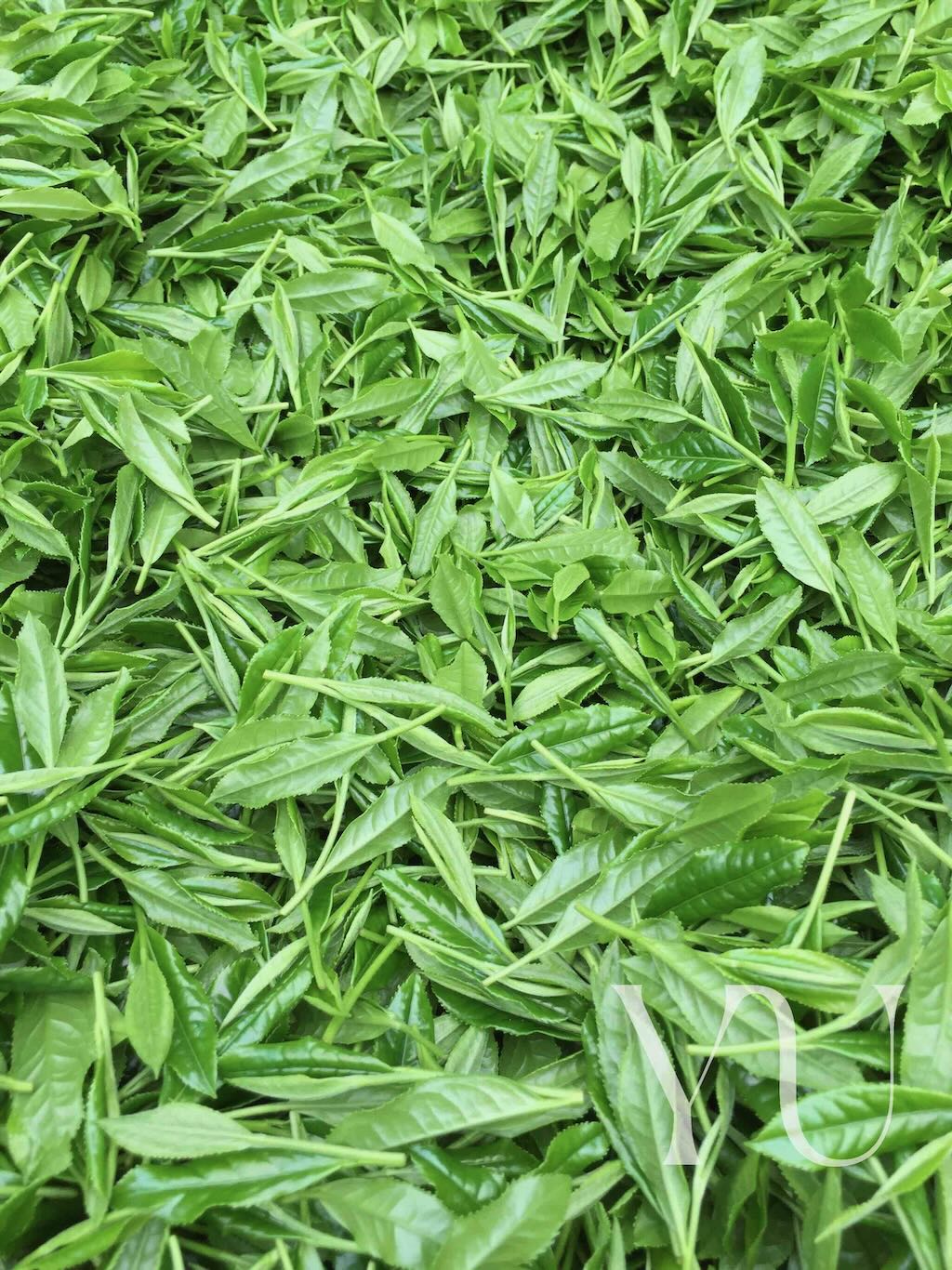
Health Benefits of Green Tea
Green tea is a treasure trove of health benefits, many of which have been validated by scientific research. Its rich profile of antioxidants, vitamins, and minerals contributes to its health-promoting properties. Here are some of the health benefits that have been associated with regular green tea consumption...
- Rich in Antioxidants: Green tea is loaded with antioxidants such as polyphenols and catechins, which can prevent cell damage. These substances can reduce the formation of free radicals in the body, protecting cells and molecules from damage.
- Heart Health: Numerous studies have found that green tea may improve some of the main risk factors for cardiovascular diseases including improving total cholesterol and LDL (bad) cholesterol levels. Green tea catechins are believed to inhibit the absorption of cholesterol and improve blood lipid levels. Additionally, the antioxidant capacity of green tea is believed to protect the heart from reactive oxygen species, promoting overall heart health.
- Weight Management: Green tea may aid in weight management by boosting metabolic rate and increasing fat burning. The polyphenol found in green tea works to intensify levels of fat oxidation and the rate at which your body turns food into calories.
- Brain Health: The amino acid L-theanine and caffeine in green tea can have synergistic effects that improve brain function. Some studies show that green tea may delay the deterioration caused by Alzheimer's and Parkinson's diseases. The bioactive compounds in green tea can have various protective effects on neurons potentially lowering the risk of these diseases.
- Type 2 Diabetes: Studies suggest that green tea may improve insulin sensitivity and reduce blood sugar levels. It’s believed that the polyphenols in green tea can help block glucose absorption in the intestines, potentially lowering the risk of type 2 diabetes.
- Cancer Prevention: Antioxidants in green tea, especially catechins, have been shown to have protective effects against certain types of cancer. While more research is needed, the associations between green tea consumption and cancer prevention are promising. Did you know, our Sencha tea was featured in a groundbreaking cancer research study?
- Longevity: Some studies have found that green tea drinkers tend to live longer than non-drinkers. The combination of antioxidants, heart health benefits, and brain health benefits of green tea may contribute to a longer life.
- Liver Health: Green tea has been found to improve liver function and reduce fat deposits in the liver. Catechins in green tea have also been shown to have protective effects on the liver.
- Reducing Anxiety and Promoting Relaxation: The L-theanine in green tea can provide calming effects and improve mood. Drinking green tea may also reduce symptoms of anxiety, promoting a sense of relaxation.
- Enhanced Physical Performance: The compounds found in green tea can aid in this process by improving physical performance and increasing exercise endurance.
- Skin Health: The antioxidants and anti-inflammatory properties in green tea can help prevent signs of aging, treat skin conditions, and enhance overall skin health.
- Eye Health: The antioxidants found in green tea, particularly catechins, have been shown to have protective effects on the eyes and may prevent some eye diseases.
- Immune System Boost: The antioxidants in green tea, particularly catechins, have biological effects. They are known to have antiviral properties that can boost the immune system and protect against common viruses.
- Oral Health: Catechins also have biological effects. Some studies show that they can kill bacteria and inhibit viruses like the influenza virus, potentially lowering your risk of infections and improving oral health.
- Bone Health: Some studies suggest that green tea can improve bone density and strength, thanks to its beneficial compounds.
The health benefits of green tea are vast and diverse, making it a worthy addition to any diet. The tradition of drinking green tea is more than just a cultural nuance - it's a step towards a healthier, more balanced life. Through YU, these benefits are harnessed in their purest form, providing a gateway to a healthful and enriched lifestyle.
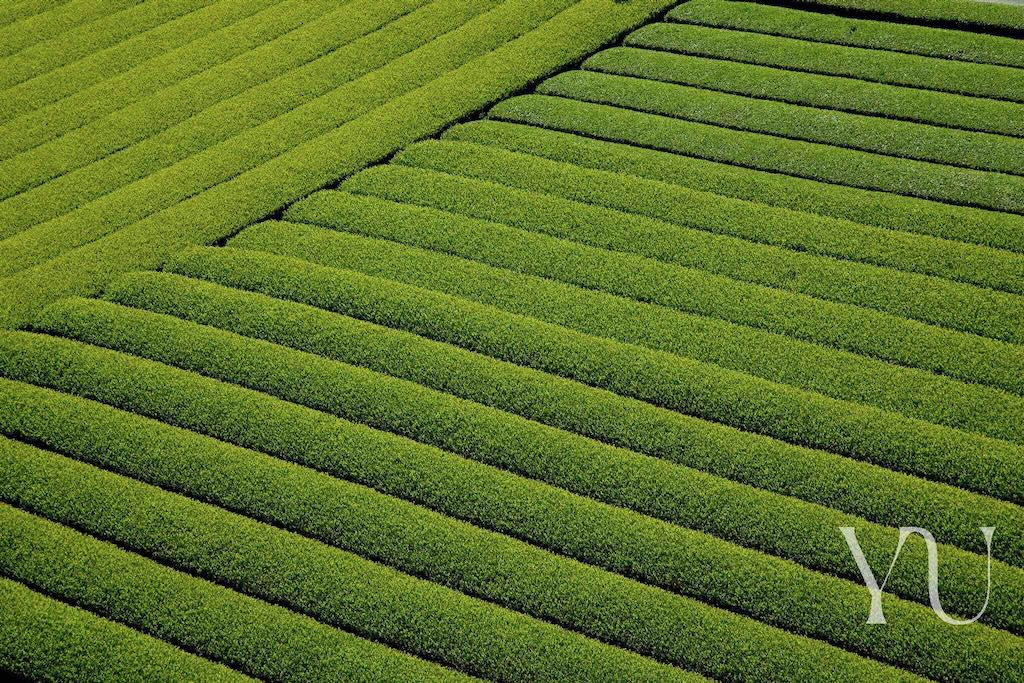
Nutrition in Green Tea
The nutritional profile of green tea is a testament to its standing as a healthful beverage. Each cup of green tea is a concoction of various bioactive compounds that contribute to its health benefits. Here's a comprehensive look into the nutritional profile of green tea:
The nutrient composition of green tea makes it a beverage that’s much more than just hydrating. With every sip, you are nurturing your body with a blend of health-promoting compounds. Yu ensures that this nutritional essence is preserved in every product, providing a wholesome experience with every cup of green tea you enjoy.
- Catechins: Green tea is rich in catechins, a type of natural antioxidant. Epigallocatechin Gallate (EGCG) is the most potent and renowned catechin found in green tea, known for its significant health benefits including its potential to fight various diseases.
- Polyphenols: Polyphenols are antioxidants that combat cellular damage and reduce inflammation in the body. They account for about 30% of the dry weight of green tea leaves, and contribute to its characteristic astringent taste.
- Flavonoids: Green tea is a good source of flavonoids which are a group of polyphenols known for their antioxidant properties. They can help with heart health and may reduce the risk of chronic diseases.
- Amino Acids: L-theanine is an amino acid found abundantly in green tea, known for its ability to provide calming effects and improve brain function.
- Vitamins: Green tea contains small amounts of vitamins like Vitamin C and some of the B vitamins. These vitamins play crucial roles in energy production, immune function, and other processes in the body.
- Minerals: Green tea has minerals like manganese, which is essential for bone health and metabolism, and zinc, which plays a role in immune function.
- Caffeine: A stimulant found in green tea, caffeine can boost alertness and counteract tiredness. The caffeine content in green tea is enough to produce an effect without leaving the jittery feeling associated with too much caffeine.
- Alkaloids: Besides caffeine, green tea contains other alkaloids like theobromine and theophylline, which have physiological effects on the body.
- Tannins: Tannins are a diverse group of compounds that bind to proteins and interfere with iron absorption. They contribute to the astringent taste of green tea.
- Chlorophyll: The chlorophyll in green tea, which gives it its beautiful green color, is also known for its detoxifying properties, helping to cleanse the body of toxins.
- Carotenoids: Green tea contains carotenoids, which are antioxidants that can help protect the eyes and reduce the risk of chronic diseases.
- Trace Elements: Green tea contains trace amounts of essential elements like chromium, selenium, and other minerals that play a crucial role in various bodily functions.
- Phytochemicals: The phytochemicals in green tea have been associated with various health benefits, including anti-cancer, anti-inflammatory, and antioxidant properties.
Most Popular Types of Green Tea
Green tea, revered for its delicate taste and myriad health benefits, manifests in various types across regions, particularly in its native lands of China and Japan. Each type offers a unique flavor, aroma, and nutrient profile, nurtured by the specific cultivation and processing techniques. Here's an exploration of the diverse types of green tea:
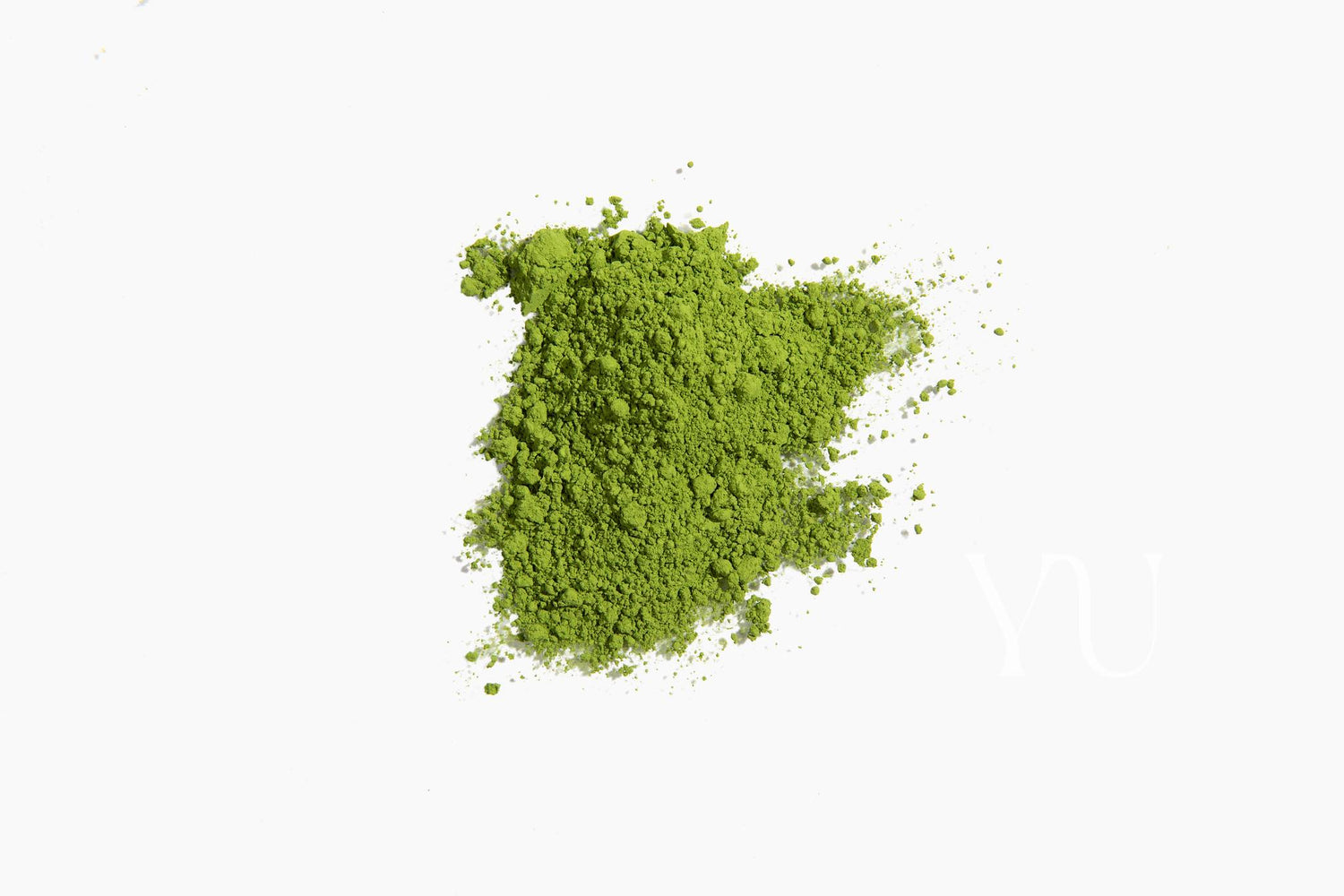
Matcha
A premium green tea powder used in traditional Japanese tea ceremonies. Matcha is made from shade-grown tea leaves, enhancing its chlorophyll and antioxidant levels.
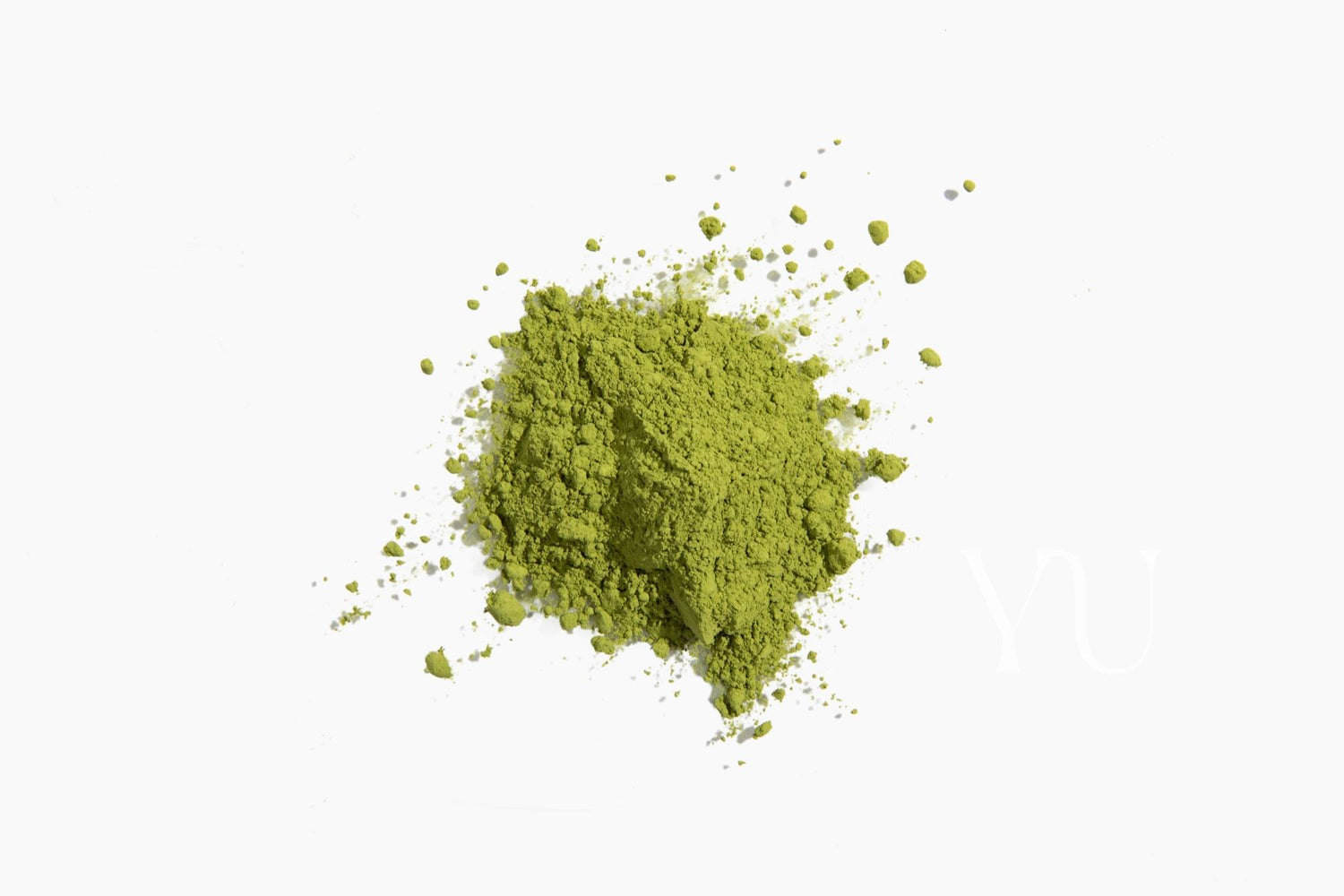
Sencha
The most common type of Japanese green tea, Sencha is loved for its balanced sweet and bitter taste. It's steamed to halt fermentation, preserving its green hue and fresh flavor.
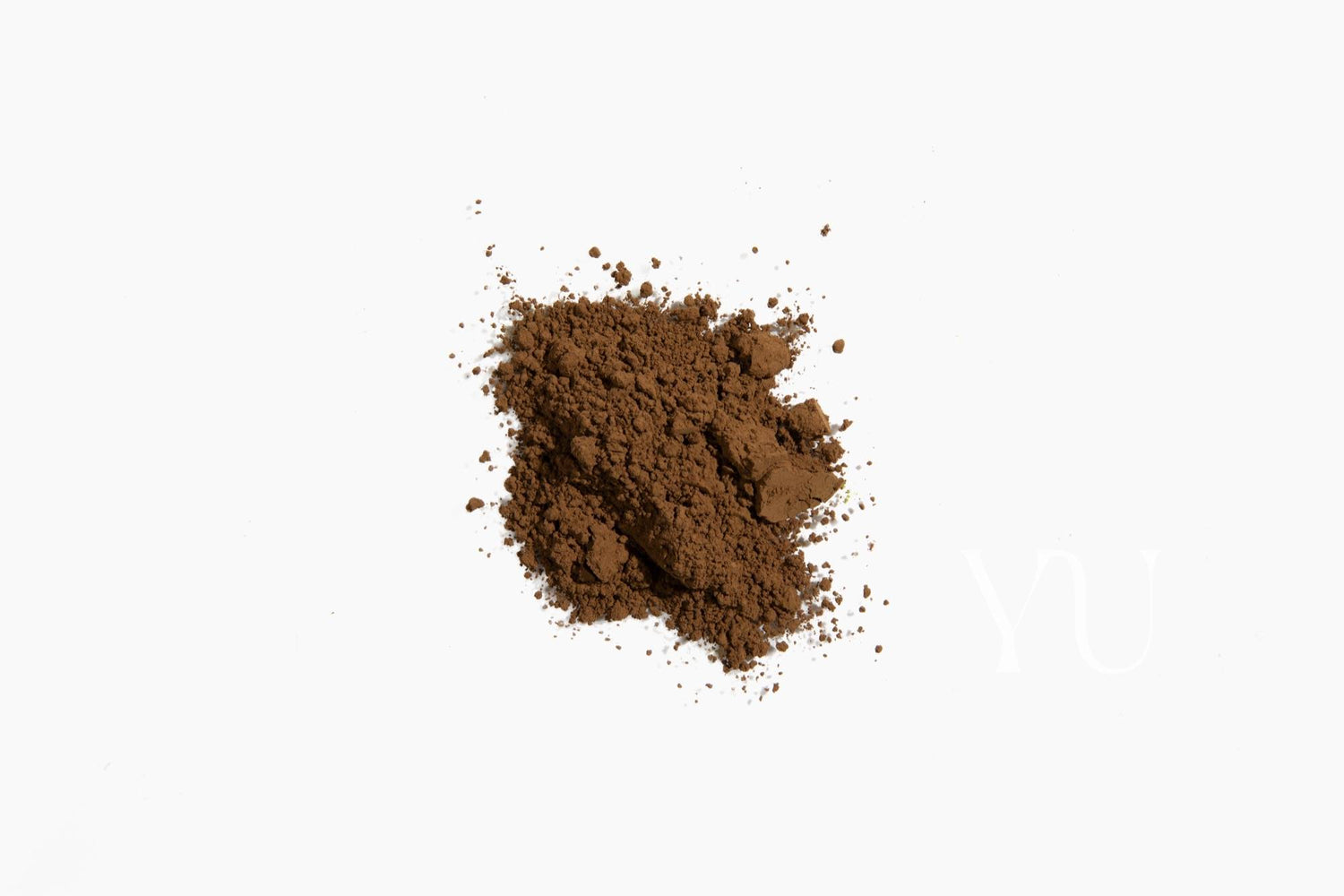
Hojicha
Roasted green tea with a toasty, caramel-like flavor, lower in caffeine and tannins due to the roasting process.
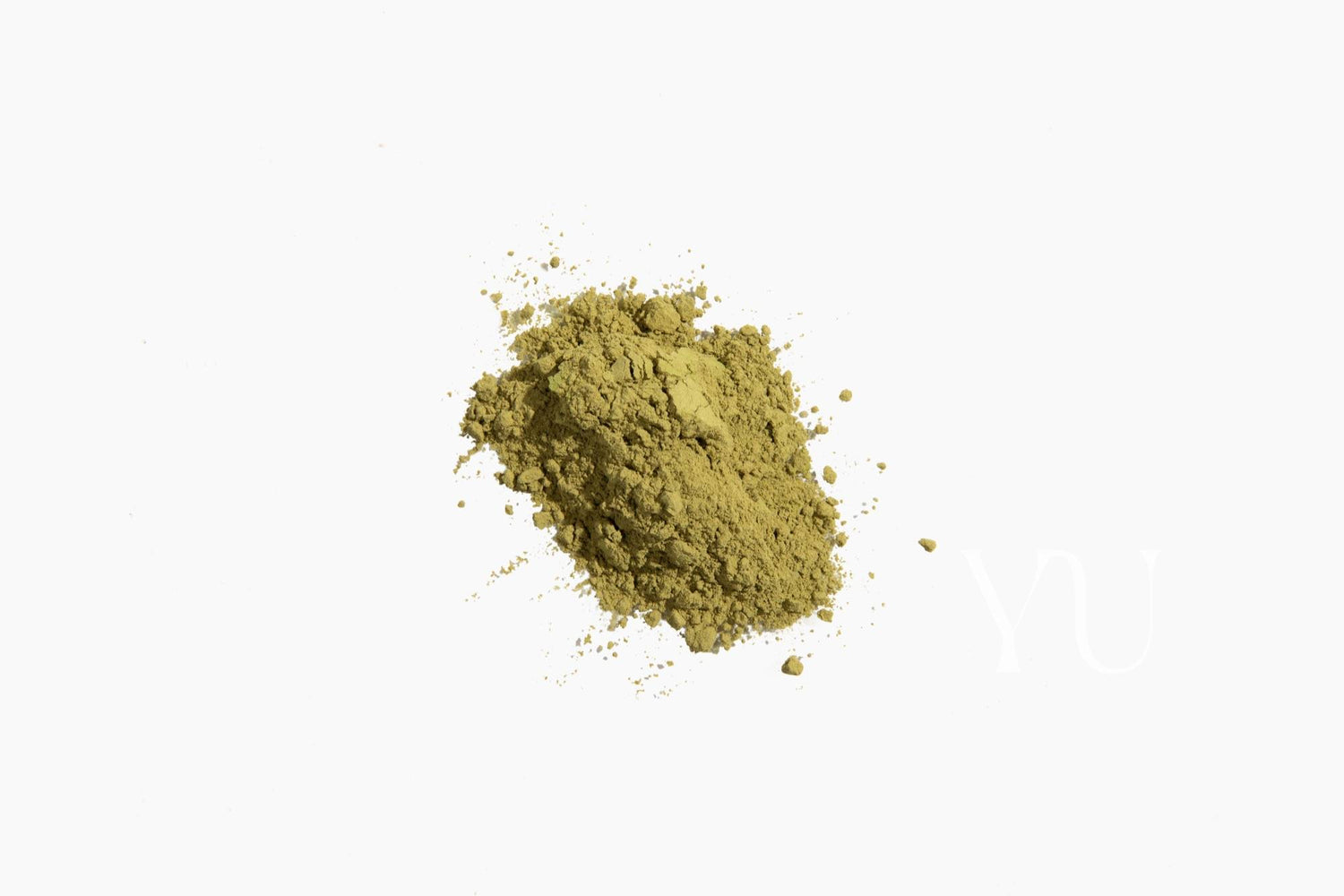
Genmaicha
A blend of Sencha or Bancha with roasted brown rice, imparting a unique, nutty flavor.
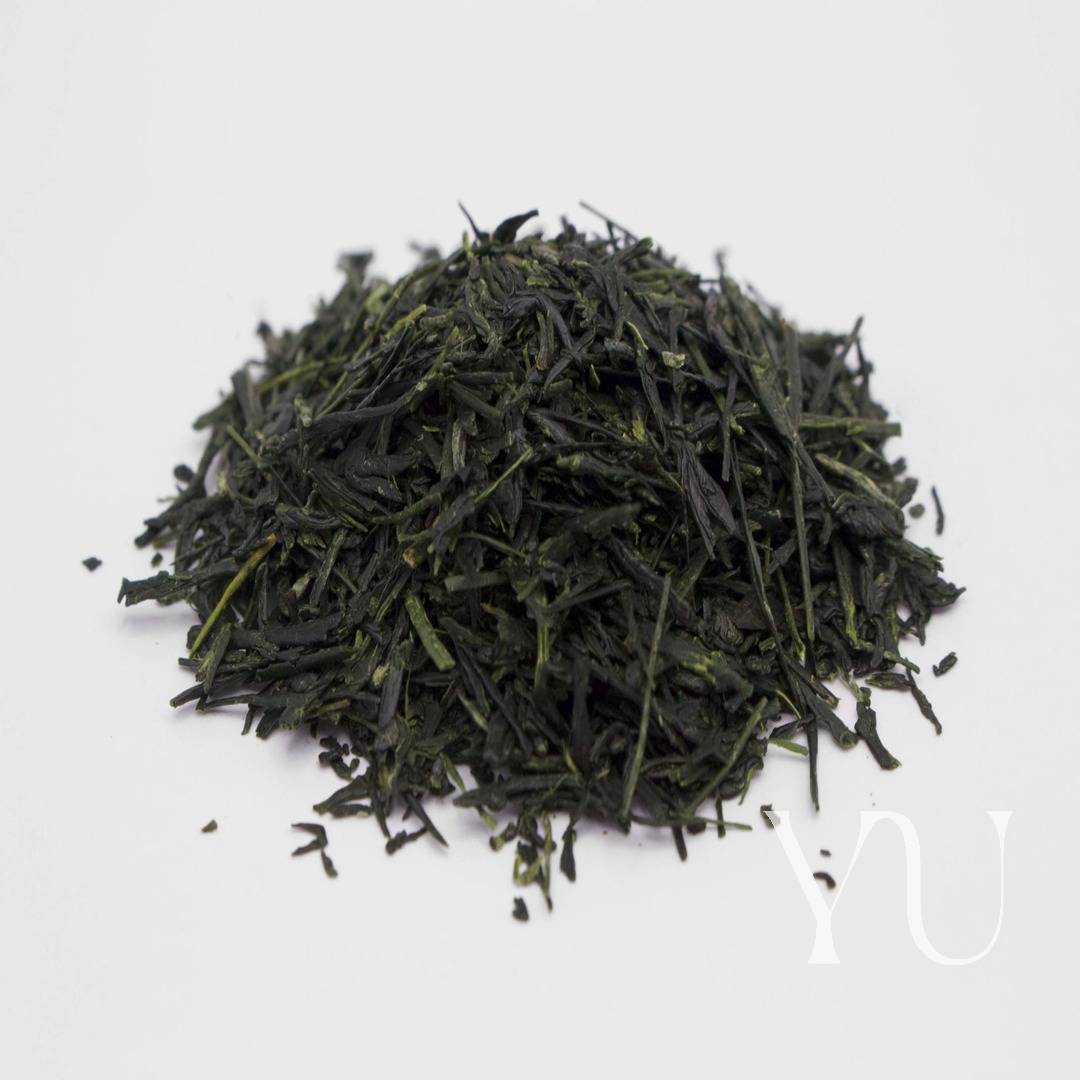
Gyokuro
A high-grade tea, shaded from the sun for about 20 days before harvest, enriching it with amino acids and a sweet flavor.
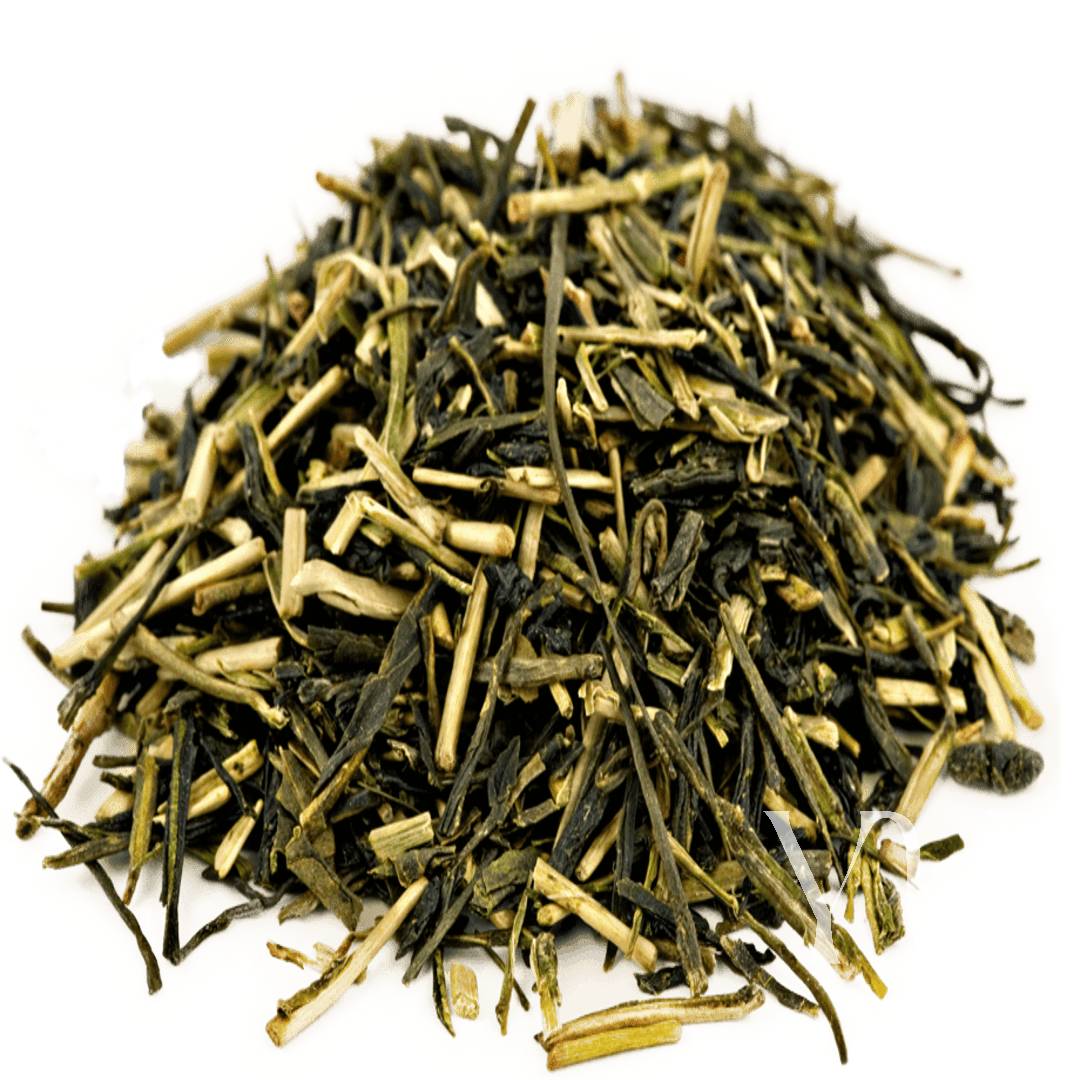
Kukicha
Made from tea stems and twigs, Kukicha has a distinct flavor and a lower caffeine content.
Other Green Teas From Around the World
Popular Chinese Green Teas
- Longjing or Dragon Well: Known for its high quality, it has a sweet, delicate flavor with a slightly nutty aroma.
- Gunpowder: Named for its rolled leaves resembling gunpowder pellets, it has a slightly smoky flavor.
- Biluochun: A high-grade tea with a fruity taste and floral aroma.
- Mao Feng: Known for its pure, delicate taste and slight floral sweetness.
- Liu An Gua Pian: Unique due to its lack of stems and buds, offering a rich, floral taste.
Other Popular Green Teas from Around the World
- Korean Green Tea (Nokcha): Korean green tea can be quite diverse, ranging from sweet and fruity, to thick and pungent or light and clean, depending on the region and processing methods.
- Vietnamese Green Tea: Vietnamese green teas are often lighter and have a good balance of sweetness and astringency.
- Darjeeling Green Tea (from India): Known for its aromatic and mild flavor, Darjeeling green tea is less astringent and has a muscatel character.
- Ceylon Green Tea (from Sri Lanka): Typically bold and full-bodied with a characteristically gentle flavor and golden color.
Others Classifications
- Decaf Green Tea: Regular green tea that has undergone a process to remove most of its caffeine content, suitable for those avoiding caffeine. See how our decaffeination process works at YU.
- Organic Green Tea: Cultivated without synthetic fertilizers or pesticides, appealing to health-conscious consumers.
Each green tea type carries with it a unique story and a bouquet of flavors and aromas. In this realm of green tea, there’s a tea for everyone - whether you seek a tranquil escape, a rejuvenating pick-me-up, or a refreshing treat for both adults and kids alike, to be savored hot or cold. It’s not just a beverage; it’s an invitation to where nutritional goodness awaits to nourish your body and soul. At the crossroads of tradition and wellness stands Yu, committed to delivering not just a cup of green tea, but a premier experience and product through extremely high standards.
How to Store Your Green Tea
Please keep matcha and green tea powder away from the following in order to maximize the shelf life:
- Air
- Sunlight
- Moisture
- Heat
How to Minimize the Air Exposure
Luckily our single serving sticks let you maintain maximum freshness; however, if you have ordered a larger pouch there are several things you can do to make the tea last longer. Since the powder gets exposed to the air every time you open the container or the bag. We recommend you take a portion of powder, which you will use up within a few weeks, out of the bulk bag and put it in a small dark air-tight container or a smaller dark food storage bag (NOT a clear plastic bag, because it doesn’t block sunlight).
When you close the pouch, gently squeeze the air out of the bag so the bag contains as little air as possible. Double fold the mouth of the bag securely and seal the folded mouth with shipping tape (scotch tape may not be sticky enough to keep it down). If you use a rubber band, use two, one on each end, to make sure no air gets into the bag.
Fridge? Freezer? Or Room Temp?
Keep the bulk bag in a fridge or a freezer as you don’t open it every day. Be sure to take the bag out of the fridge or freezer at least half an hour before you reopen the bag so the temperature of the powder becomes the same as room temperature. When the powder is colder than room temperature, condensation occurs on the surface of powder particles. Moisture is an enemy to the freshness!
For Your Every Day Container
Type of Container
As for a small container, choose a tin or ceramic–no clear glass or plastic to avoid sunlight. Choose the right size for the amount of powder you will use for a few weeks. This is to minimize the powder’s exposure to the air. While the powder is stored in a container, air in the container also degrades the powder. A smaller container holds less air. The less air space in the container, the better.













